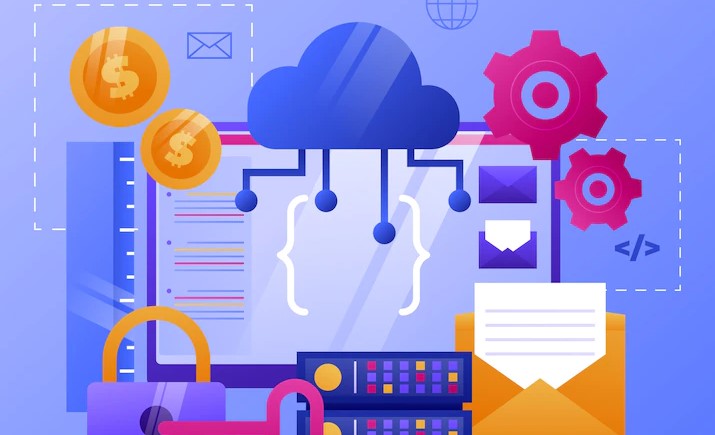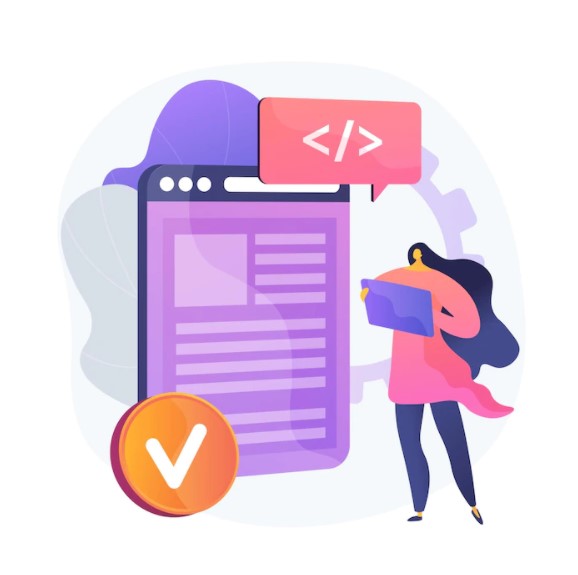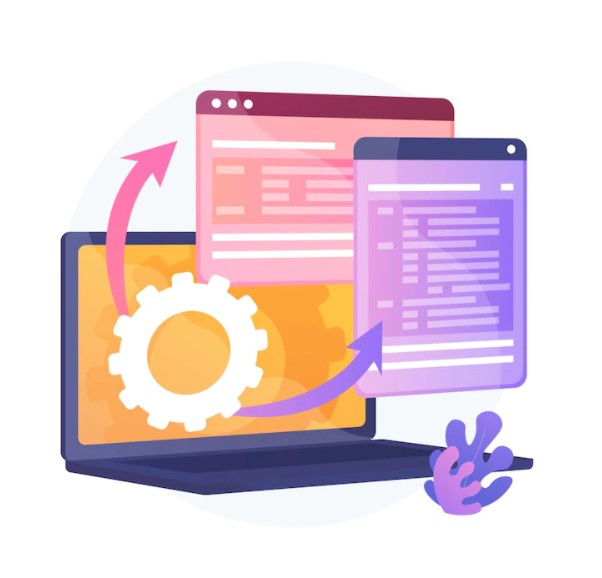
What are the types of APIs?
March 22, 2022
Table of contents
Quick Access

If today we can integrate multiple communications, applications and data, it is thanks to APIs. These APIs greatly simplify this process for developers, who have increasingly had to train in this area to enhance the projects in which they participate. It is essential to understand how APIs work and that not all APIs are the same, there are different types and that is precisely what we are going to explore in this blog.
Let's start by remembering, technically, that it is an API: its acronym in English refers to Application Programming Interface and “allows companies to open the data and functionality of their applications to external developers, business partners and internal departments within their companies. This allows services and products to communicate with each other and take advantage of each other's data and functionality through a documented interface”, according to what IBM explained in an article.
The operation of an API may seem a bit abstract if you are not familiar with the subject, however we are going to briefly explain what this flow is like:

- A client application makes a call/request to the API
- This API then makes a call to the external program or web server
- This server sends a response to the API with the information it was requesting
- In the end, the API passes the information to the application that initially requested it.
API Types
Now we will talk about the central topic: the types of APIs. Mulesoft is one of the most used platforms in the industry to connect applications, data and assets, making API development very easy and efficient.
And precisely those responsible for this company highlight on their website that it is very important to know how to recognize the type of API that a company needs according to its requirements: the use that will be given to it, who will use it and who will access these systems must be evaluated. they are going to connect. “To achieve effective API management and performance, it is critical to determine the optimal type of API to build and architect accordingly”, they specified.
Mulesoft explains three types of APIs according to how they are handled and who accesses them:

External API
“They can be accessed by third parties (developers, partners, etc.) that are external to the organization. They often make an organization's data and services easily accessible on a self-service basis by developers around the world looking to create innovative applications and integrations. An example of an open API is the Google Maps API that is used by third-party applications (such as food delivery and ride-sharing applications) to enable location tracking and mapping.
Internal API
They are the opposite of open APIs in that they are inaccessible to external consumers and only available to internal developers within an organization. Internal APIs can enable initiatives across the enterprise, from the adoption of DevOps and microservices architectures to legacy modernization and digital transformation.
The function of internal APIs is to enhance productivity within an organization, as well as the efficiency and agility of operations.

Partner API
“These are APIs that are accessed by people outside the organization with exclusive permissions. Typically, this special access is granted to specific third parties to facilitate a strategic business partnership”, highlights Mulesoft, giving the following example:
“A common use case for a partner API is when two organizations want to share data with each other, such as a county health department and a hospital within that county. An associated API would be configured so that each organization has access to the necessary data with the correct set of credentials and permissions.”
Why a company needs APIs
The implementation of APIs can completely change the workflow of your company, making it faster and easier to connect with its multiple platforms and applications. IBM puts this example on how APIs benefit companies:

“The average company uses nearly 1,200 applications in the cloud, many of which are offline. APIs enable integration so that these platforms and applications can seamlessly communicate with each other. Through this integration, companies can automate workflows and improve collaboration in the workplace".
And this connection can not only occur with internal applications; Thanks to the APIs, your company will also be able to connect with the applications of its partners, being able to offer new services and diversify your business.
We recommend you on video:
Related Blogs

How to use data science to improve a company's results?

Machine Learning in Human Resources

Machine Learning Features

Data Science vs Data Analytics

